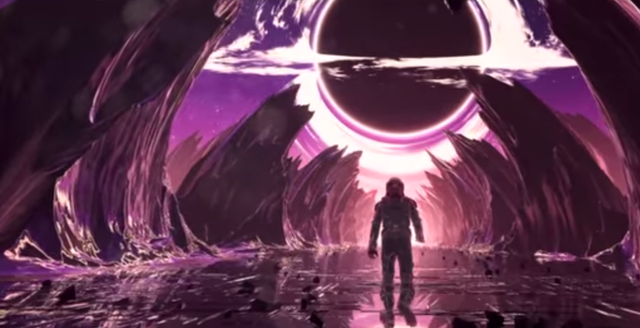
You likely know the familiar challenge of keeping your students engaged during writing activities. My colleague Peggy Marconi, an elementary school teacher for 30+ years in rural communities in Oregon, has a love and passion for writing. Peggy especially loves argument writing because it teaches students evidence-based thinking: Students state their claim, provide evidence for that claim, and then summarize. In other words, argument writing asks students to think critically, using evidence. However, her students continued to struggle developing these writing skills, and she was seeking an effective strategy to guide them.
Many teachers also know that getting students to engage in art, to draw, or even to look at art is easier than getting them to write. Peggy saw how her students loved art, and when she learned about an instructional strategy taught in museums, she decided to combine her students’ interests in art with the need to learn evidence-based thinking and writing. She partnered with researchers at the University of Oregon, like me, and educators from the local museum, and Project STELLAR was launched, combining visual arts and writing using Visual Thinking Strategies in grades 4 to 8.
Phillip Yenawine of the Museum of Modern Art and Abigail Housen of Columbia University developed Visual Thinking Strategies (VTS) for teachers visiting the museum with their classes. Since it was created in 1991, teachers across the country—including rural Oregon—have witnessed the power of this strategy to elevate student discourse, critical thinking, and evidence-based argumentation.
VTS Session Overview
Here is a typical VTS session process: The teacher selects an appropriate piece of art or photograph and asks the students to spend a few moments looking at it before the discussion begins. After students silently examine the art, the teacher asks, “What’s going on in this picture?” The teacher calls on one student. As the student responds, the teacher points at the features of the image, if any, that the student mentions.
The teacher then asks the student the second question: “What do you see that makes you say that?” Again, the teacher points to the evidence in the image as the student speaks and then paraphrases.
The third and final question welcomes other student responses: “What more can we find?” When another student responds, the teacher continues to repeat the second and third questions, linking other student responses. It’s important to note that there are no right or wrong answers.